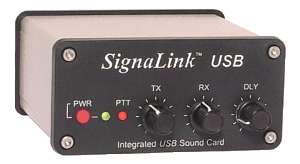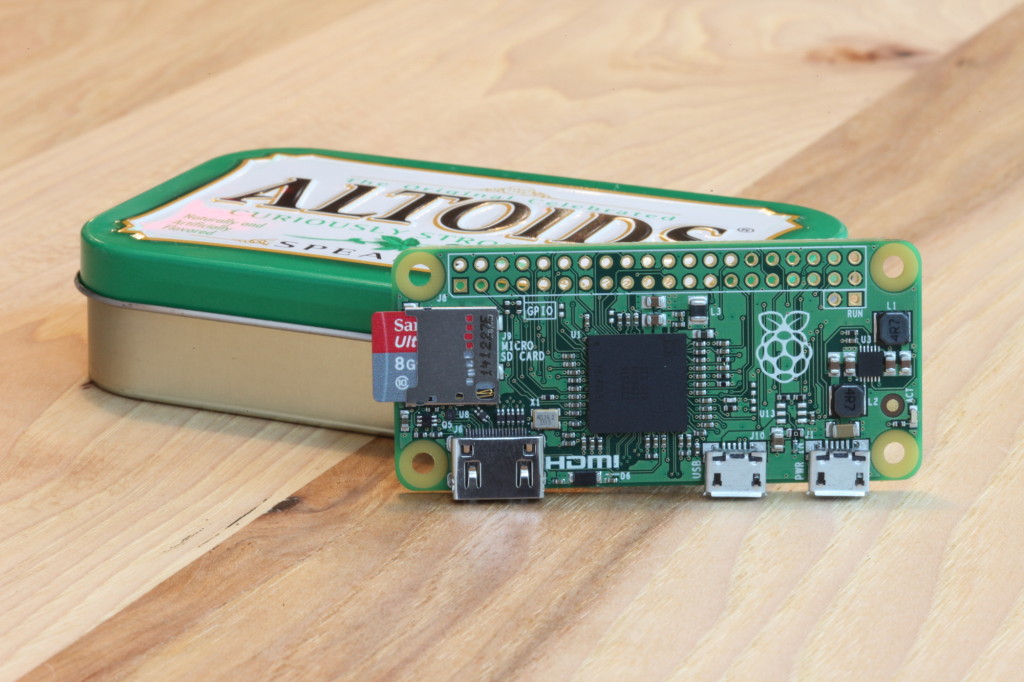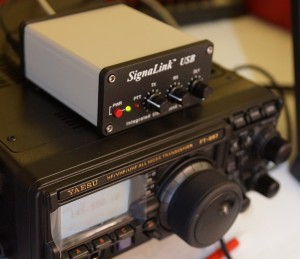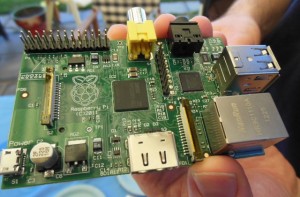One of the responsibilities of the Technical Coordinator in the Ohio Section is to submit something for the Section Journal. The Section Journal covers Amateur Radio related things happening in and around the ARRL Ohio Section. It is published by the Section Manager Scott – N8SY and articles are submitted by cabinet members.
Once my article is published in the Journal, I will also make it available on my site with a link to the published edition.
You can receive the Journal and other Ohio Section news by joining the mailing list Scott has setup. You do not need to be a member of the ARRL, Ohio Section, or even a ham to join the mailing list. Please sign up!
If you are an ARRL member and reside in the Ohio Section, update your mailing preferences to receive Ohio Section news in your inbox. Those residing outside the section will need to use the mailing list link above.
Updating your ARRL profile will deliver news from the section where you reside (if the leadership chooses to use this method).
Go to www.arrl.org and logon.
Click Edit your Profile.
You will be taken to the Edit Your Profile page. On the first tab Edit Info, verify your Email address is correct.
Click the Edit Email Subscriptions tab.
Check the News and information from your Division Director and Section Manager box.
Click Save.
Now without further ado…
Read the full edition at: http://n8sy2.blogspot.com/2016/02/february-issue-of-ohio-section-journal.html
THE TECHNICAL COORDINATOR
Jeff Kopcak – TC
k8jtk@arrl.net
I was contacted this month by someone concerned that Fldigi would install a “trojan” on their computer and wanted to know where to get a clean download of the program. Before panic sets in, there is no reason to smash your hard drives. Why did I receive this question? I’ll explain the tech behind the issue.
The place that Fldigi, Flmsg, Flrig, and all other applications are now hosted is at a place called SourceForge (also abbreviated “SF”). SourceForge is a web service launched in 1999 that offers tools for developers to manage their projects for free. They host source code (for those who wanted to read, audit, modify, or learn from raw code), web pages for the project, mirrors (hosting in multiple locations in case any-one server is down), bug tracking, and many other features. It was the place for hosting free and open-source software. A ton of very well-known projects were (some still are) hosted on SourceForge: Apache Server, GIMP, OpenOffice, Firefox, Thunderbird, Audacity, Filezilla, Drupal, WordPress, JT65-HF… list goes on.
Some users were discouraged by the number of advertisements on the site. Though it is an ad-supported free service, there weren’t any viable alternatives.
In July 2013, SourceForge created an optional service available to developers called “DevShare.” Any developer who participated in the service would knowingly push additional unwanted programs to anyone downloading their project. This is commonly referred to as ‘crapware’ encompassing adware, download managers, antivirus programs, browser toolbars, homepage modifications, search engine replacements, and the like.
In May 2015, it was reported that SourceForge seized control of what they considered ‘deprecated or abandoned’ Windows projects. In taking control, they locked out the developer and “updated” project downloads to push similar ad-supported content.
This is a problem because the open-source community is just that, a community. They are made up of enthusiasts that like developing programs. Much like ham radio, they donate their time and do it for free. When a company takes the good name of a well-known project and tarnishes it by installing adware on users’ computers, this doesn’t go over well with the community. Their business practices effectively destroyed what was left of SourceForge’s reputation.
The DevShare project started a movement within the community to find replacements for SourceForge; GitHub primarily. SF since stated they are not taking control of unmaintained projects. It was too-little, too-late. Many developers deleted their projects from SF and moved their content elsewhere. It is up to each developer to make a decision about their project. I’ve provided links at the end of the article that go more in-depth for those into tech stories. SourceForge is not the only site that bundles crapware in downloads. Download sites like CNet’s Download (dot) com and many other free file hosting services also push ads and unwanted programs.
 Back to Fldigi. The developer of Fldigi maintained the installer and source files on his own server. Somewhere near the end of last year, his site was hacked. The decision was made to move the files from his server over to SourceForge. Likely in an attempt to be more secure.
Back to Fldigi. The developer of Fldigi maintained the installer and source files on his own server. Somewhere near the end of last year, his site was hacked. The decision was made to move the files from his server over to SourceForge. Likely in an attempt to be more secure.
This created a problem for many who are aware of the issues with SourceForge. Unfortunately, it is the only place where the Fldigi Suite updates and downloads reside. I have installed many Fldigi updates since the move to SourceForge and have not seen anything to suggest any unwanted programs are included. The issue is something to be aware of.
Good security practice dictates not downloading anything you-yourself didn’t go looking for. If you do download Fldigi and it is prompting you to install an antivirus program, this is a huge red flag. Another example: never click anything that says ‘your plugins, Java, Flash, antivirus, or system… is out of date’ because you weren’t looking for those updates.
In other news, I would like to welcome Technical Specialist Eldon – W5UHQ. If that sounds familiar, it’s because he is the Net Manager for the OHDEN HF digital net. The Ohio Digital Emergency Net meets Tuesday evenings at 8pm on 3585 using OLIVIA 8/500 at 1 kHz. The purpose is to provide statewide communications to EMA and EOC’s in Ohio using sound card digital modes. If that wasn’t enough, he brings an extensive background in communications and electronics to the group. OHDEN net: http://ohden.org/
I will be at the Mansfield Hamfest on February 21. I’ve been invited to present during the Digital Forum at noon. This is assuming the weather is better than it has been the last few days, hi hi. The Digital Forum will contain a presentation on digital voice by Duane – K8MDA and I will present passing messages using Fldigi. Hope to meet you at Mansfield! More: http://hamfest.w8we.org/
Thanks for reading and 73… de Jeff – K8JTK
Articles on SourceForge:





